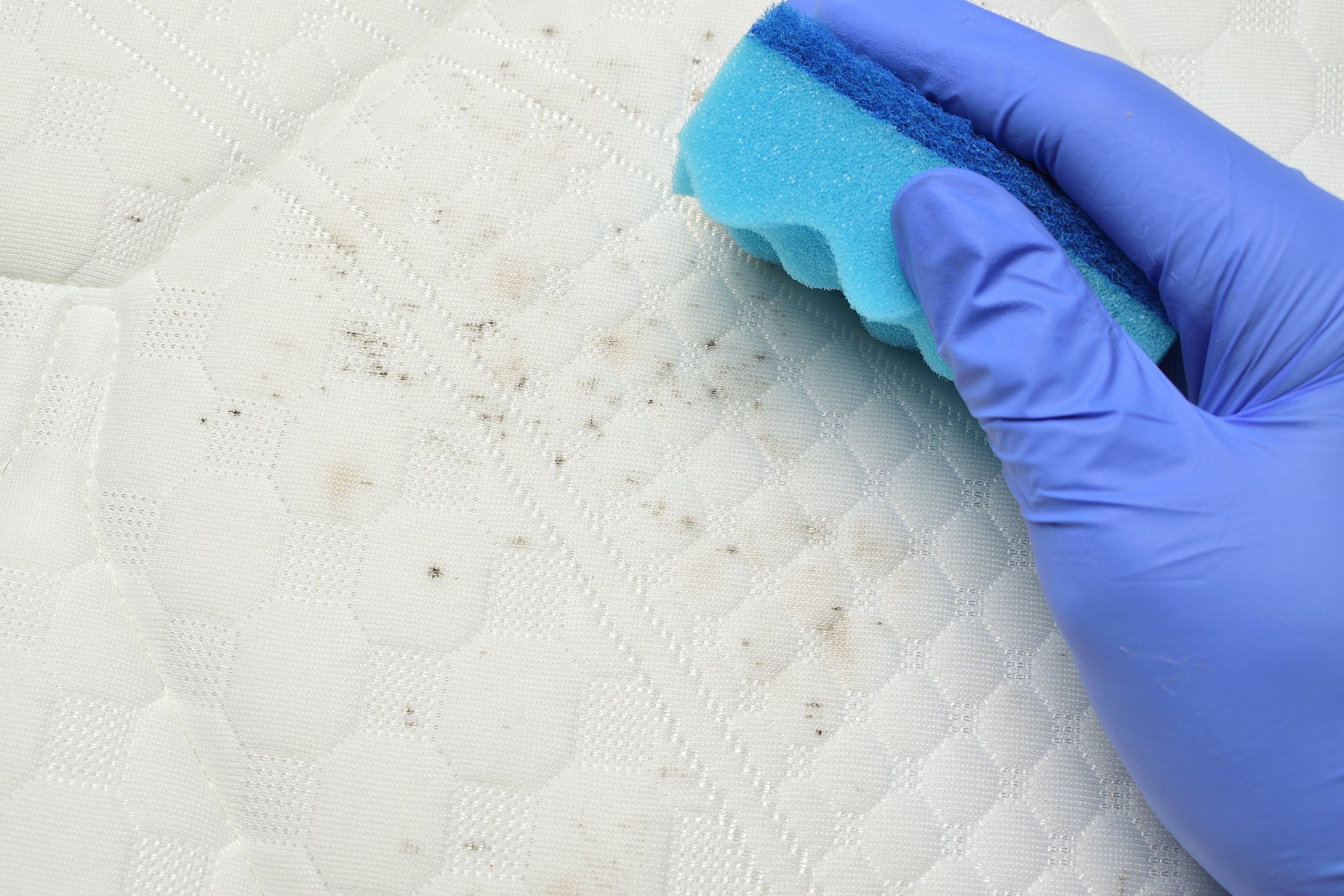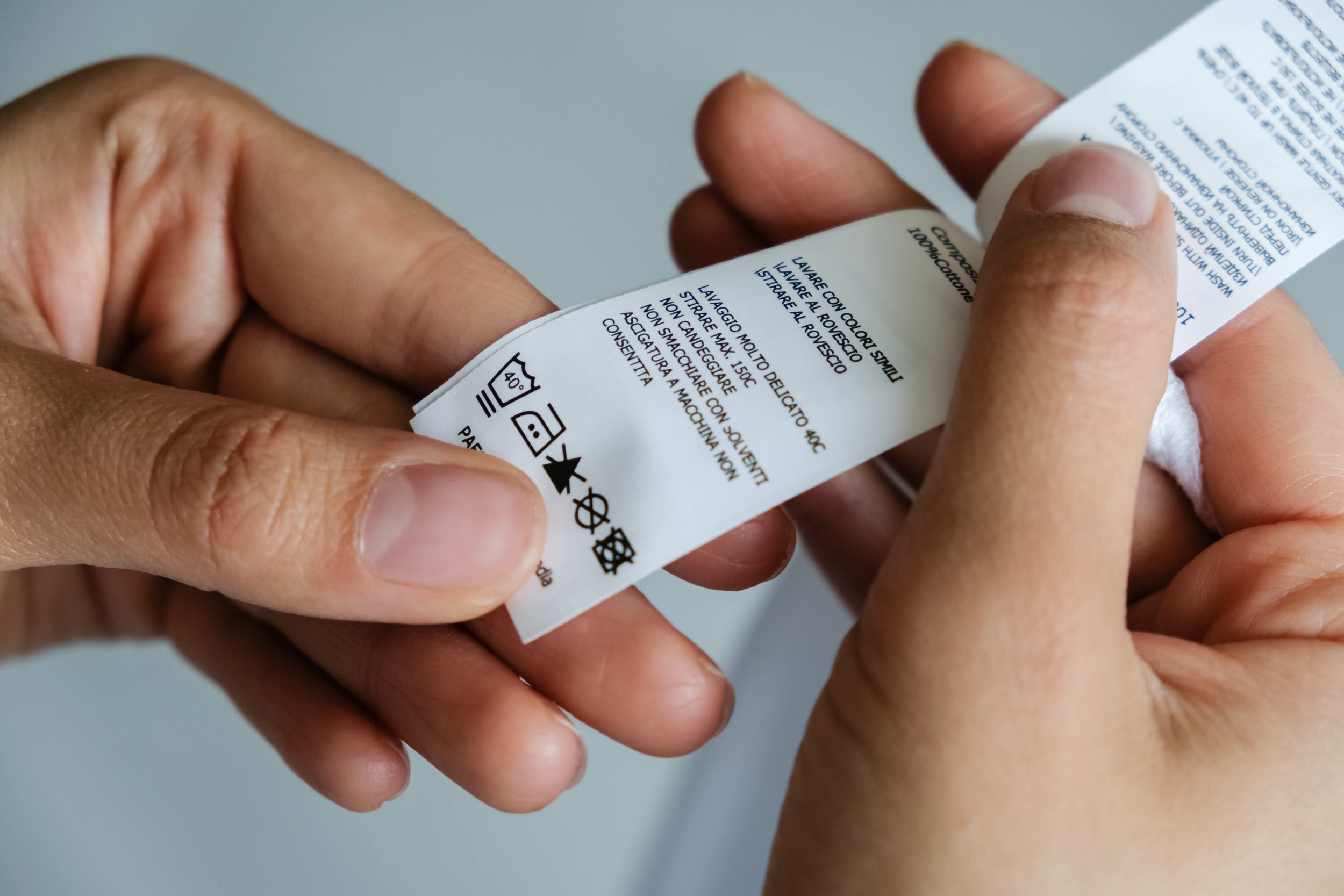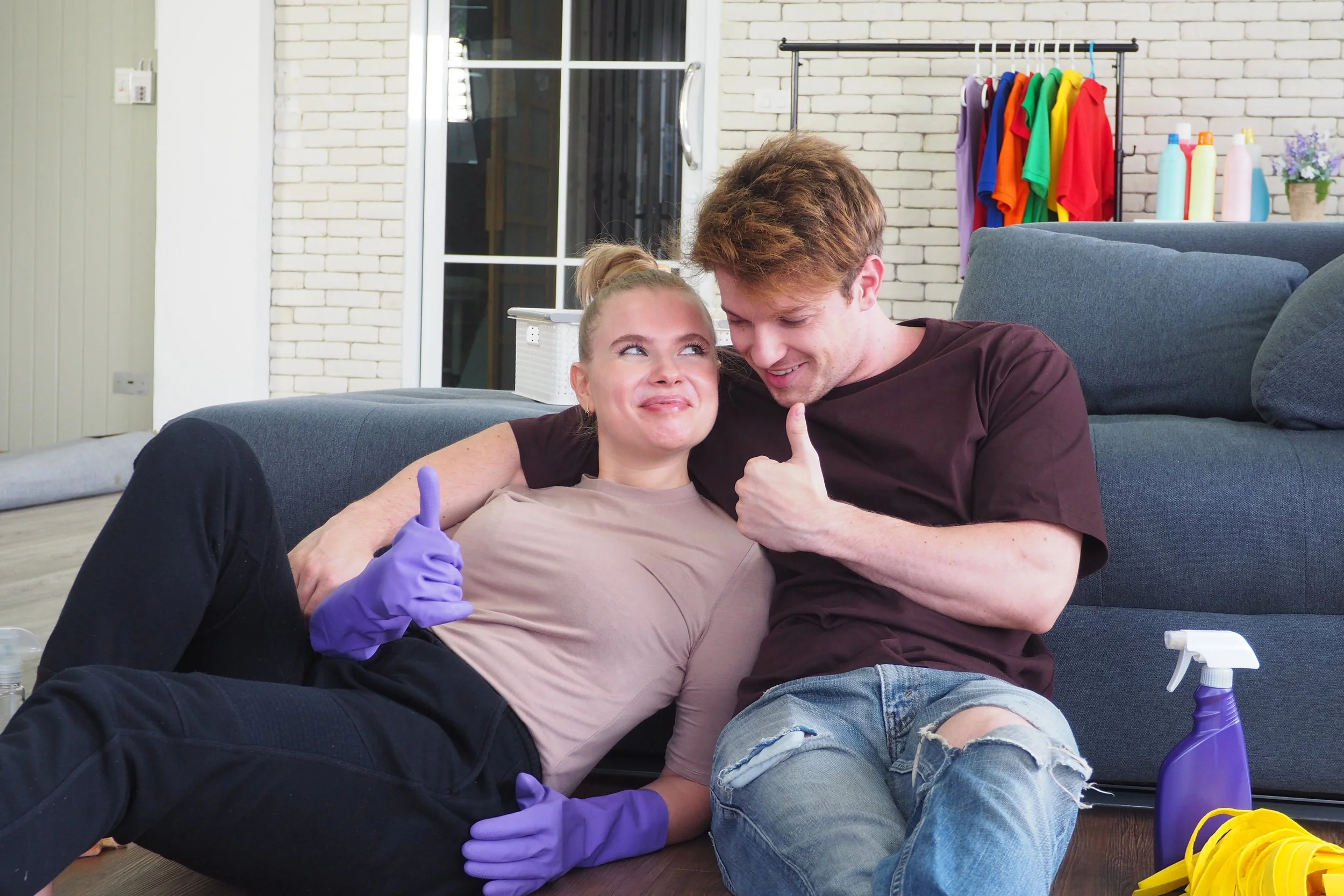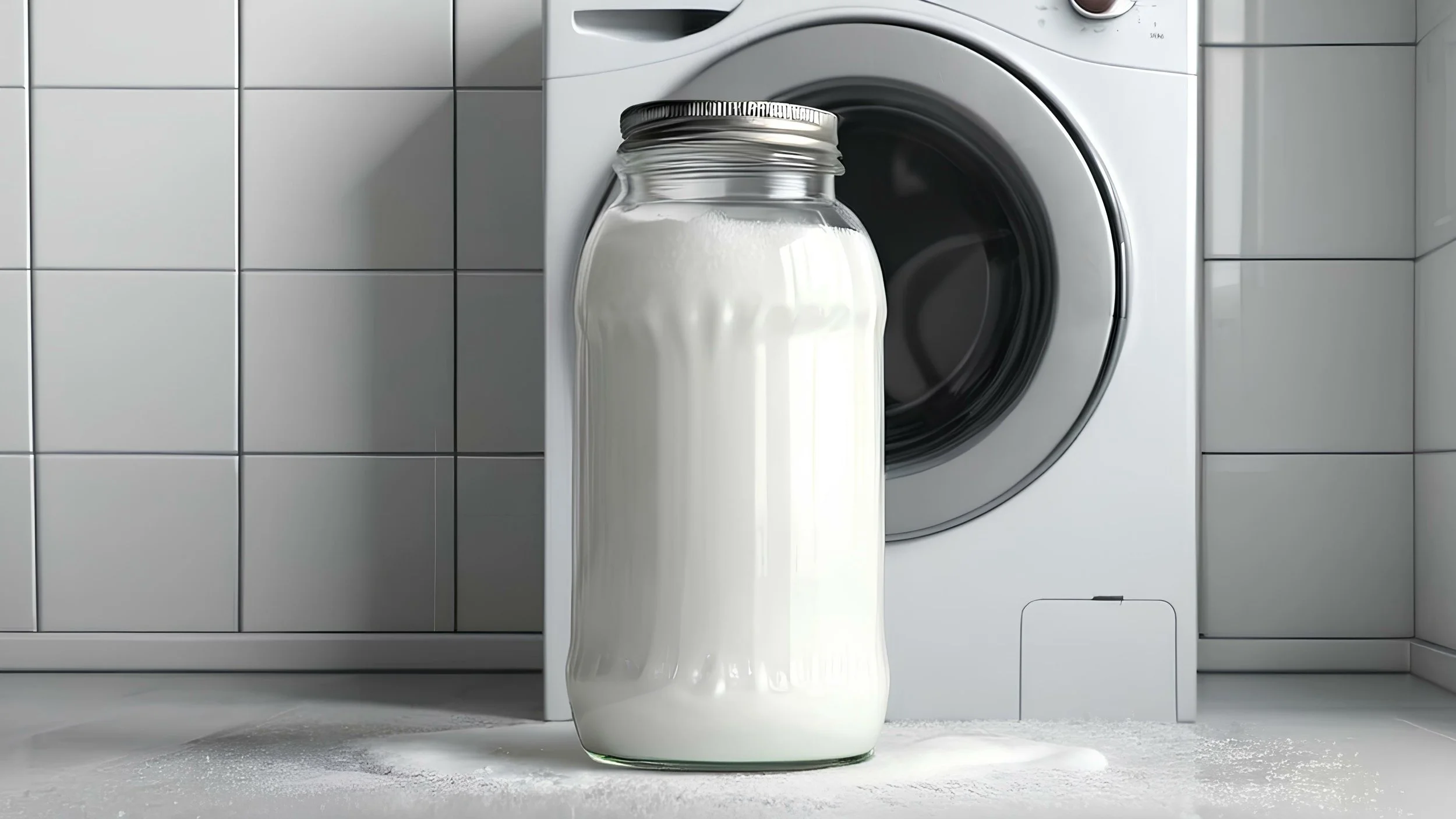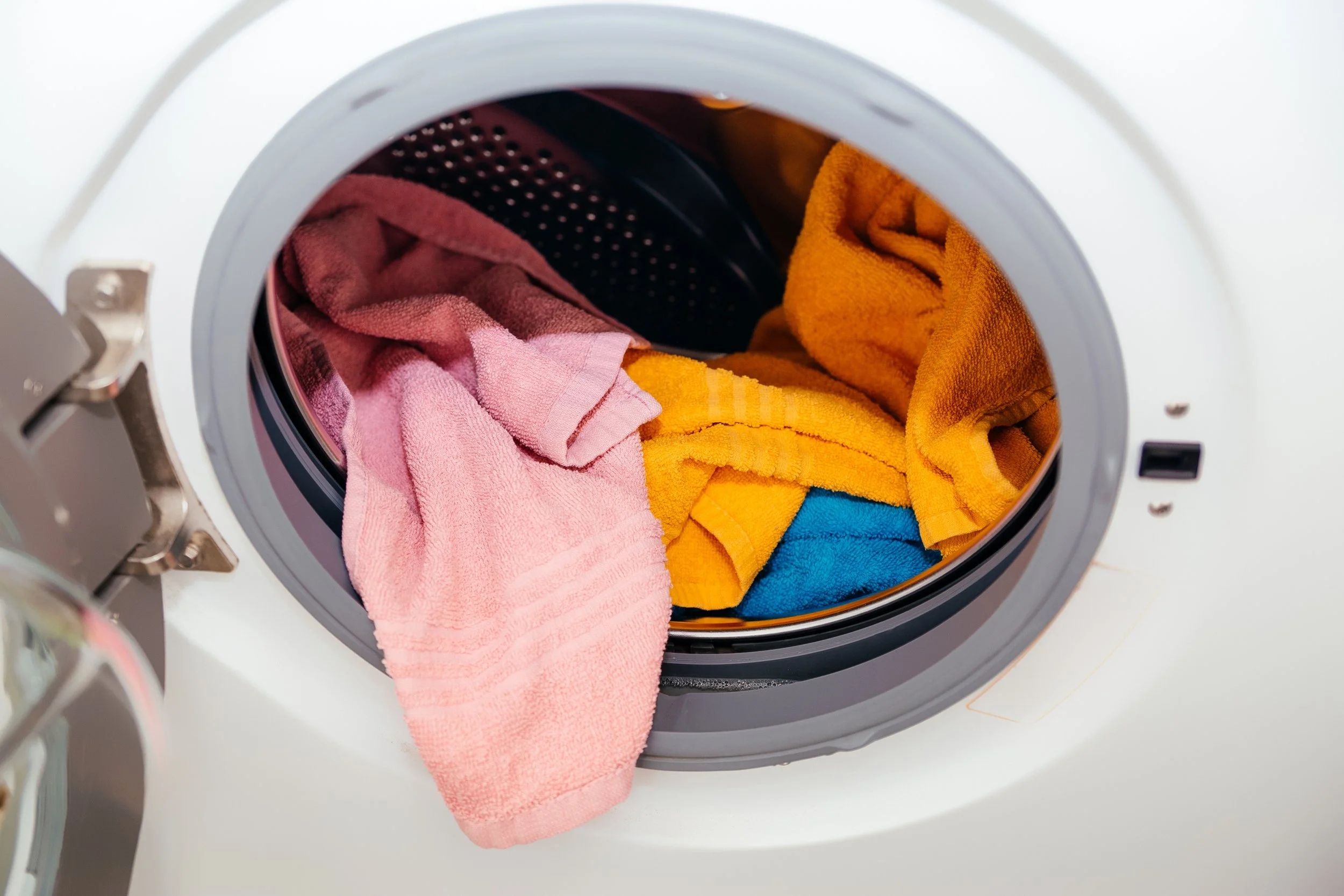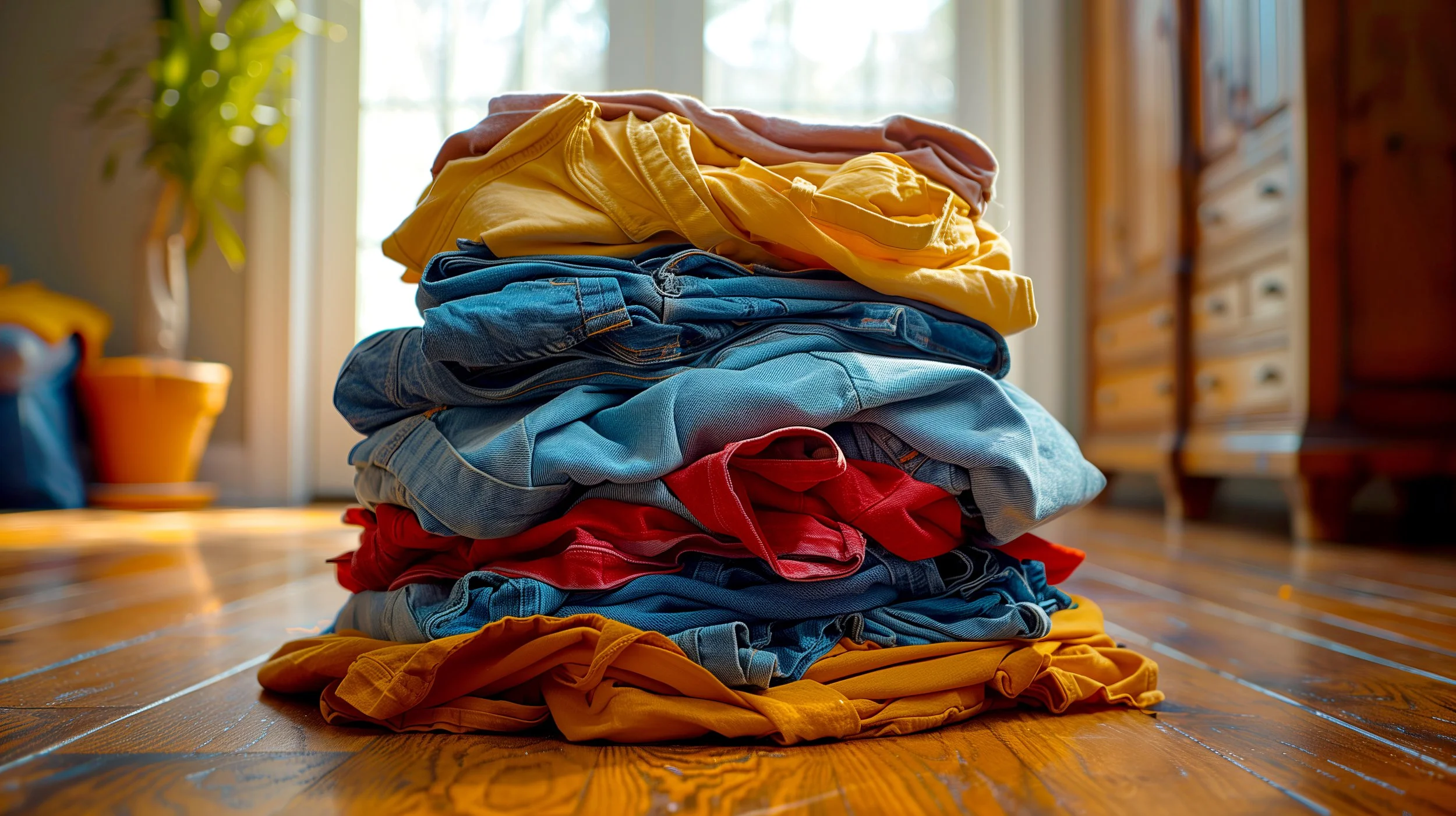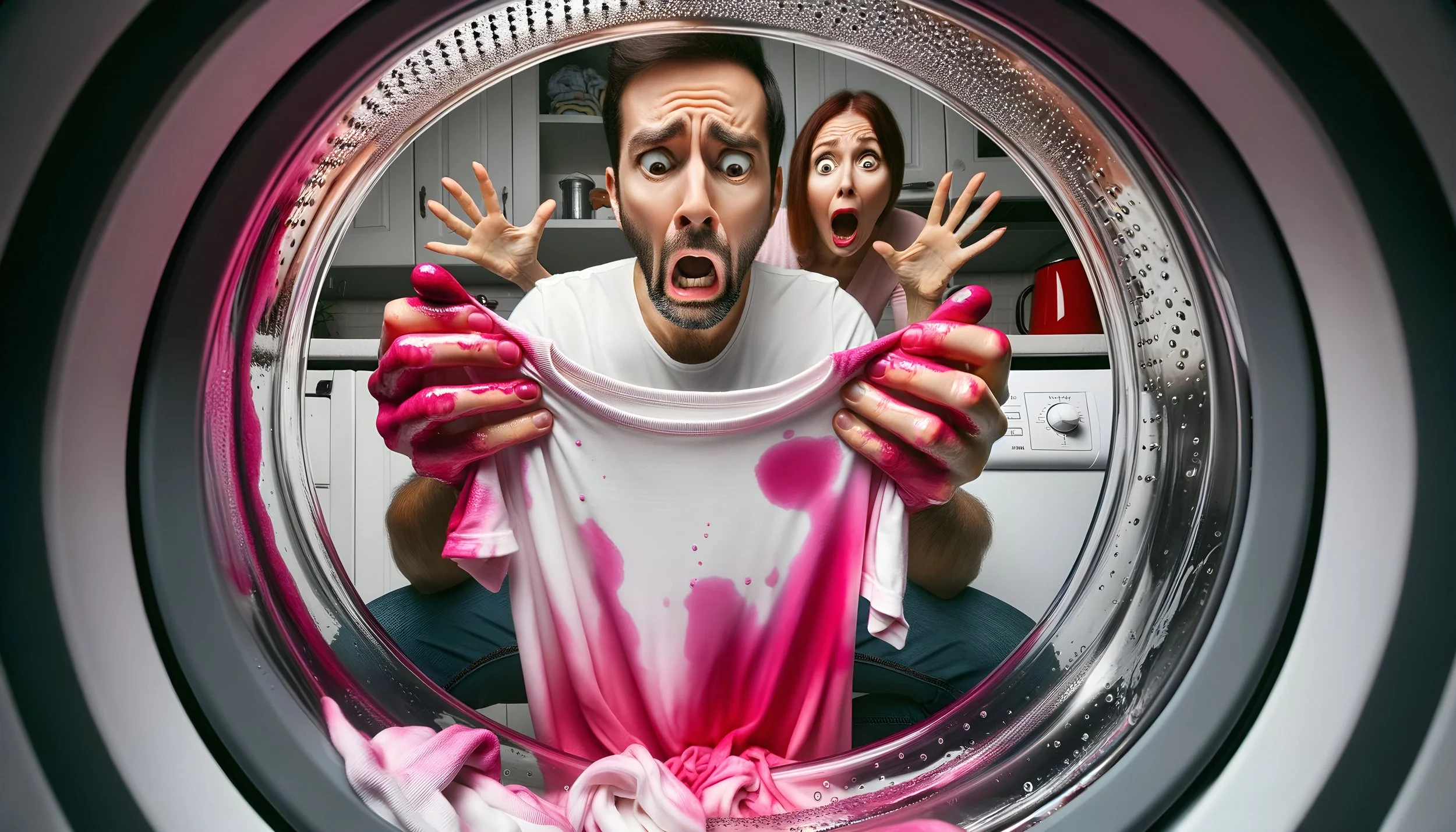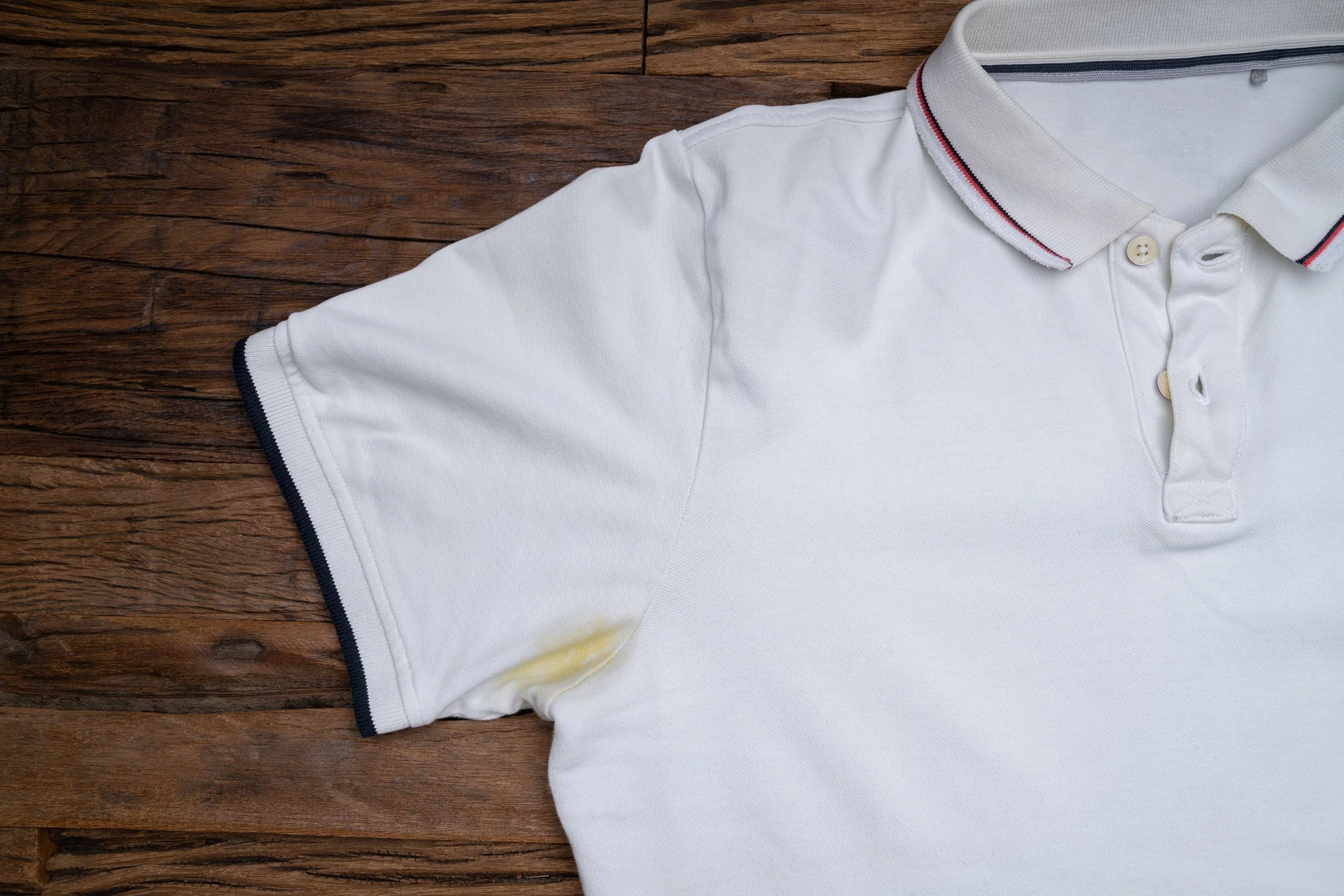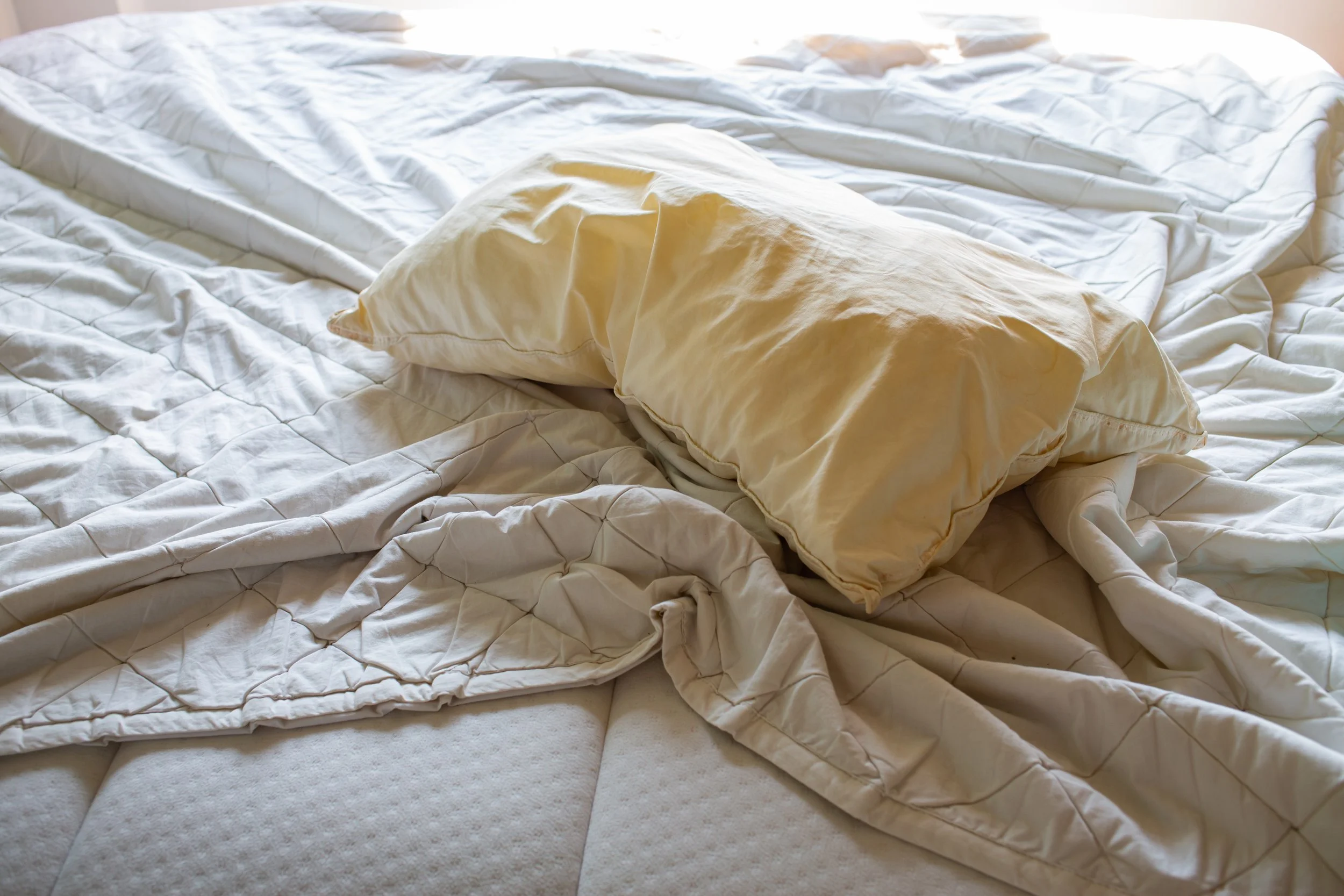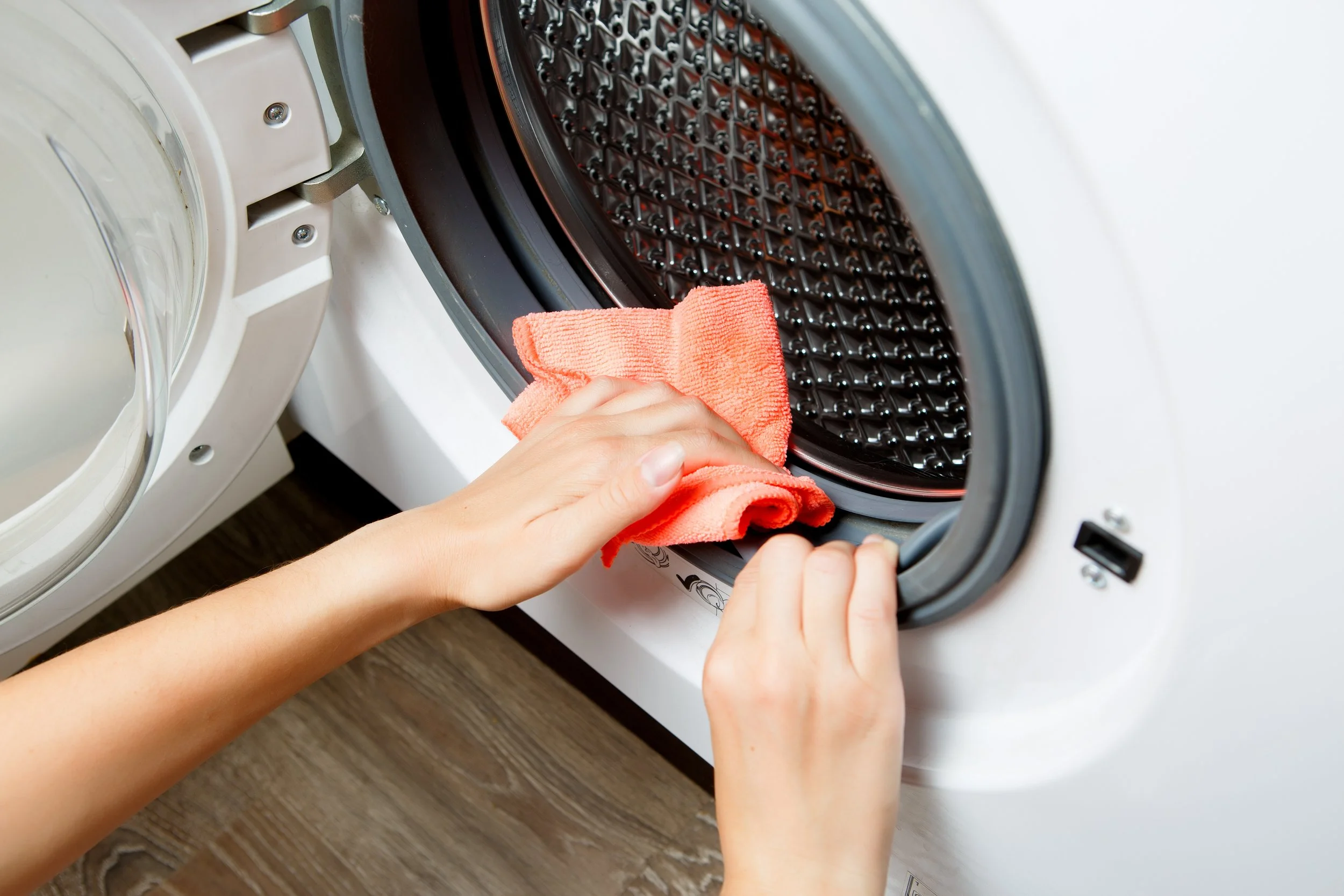Damp spaces are a breeding ground for mold, but even the driest of homes can fall victim to the dreaded spread. Wet towels, abandoned laundry and overcrowded closets are all optimal environments for mildew to thrive, often causing irreversible damage to our favorite clothes and sheets—or so we might think.
Today we’re sharing the solution. If you’re wondering how to remove mildew stains from fabric around your home, grab your notepad and keep reading!
What Causes Mildew or Mold to Grow?
While there are a few contributing factors, the primary cause of mildew on clothes is prolonged exposure to damp. If your home has poor ventilation or a structural damp issue, it’s likely that mold will eventually make an unwelcome appearance.
Drying clothes indoors during the winter is a major factor for most mildew-infested homes, so make sure to check out our drying tips here to avoid a long-term damp problem.
How to Remove Mildew Stains From Fabric
1. Check the Care Labels Carefully
Knowing how to take care of your laundry can be a minefield, especially when using more vigorous cleaning methods than usual. Before you start following our general guide, take your garment and read the care instructions provided by the manufacturer.
Doing this should shed some light on what temperatures you’re able to work with, or whether the fabric would be better suited to a trip to the dry cleaners. If that’s the case, find a reputable laundromat near you and reach out for some assistance.
Don’t know where to start? Check out our guide to reading care label symbols before you begin the de-molding process.
2. Select the Right Laundry Product
Different fabrics work best with different cleaning products, so it’s important to pick the right potion before getting started.
Here’s a straightforward selection to choose from:
Bleach – This powerful chemical can be a very effective tool in the removal of mildew stains, but it is also likely to take some color with it too. With that in mind, reserve bleach for cleaning white sheets, clothes or fabrics. Opt for a bleach-based detergent from the store, or make sure to dilute neat bleach with water according to your specific product’s instructions.
White Distilled Vinegar – As well as working wonders on the sight of mildew, vinegar is also a great ingredient when it comes to banishing those moldy odors. White vinegar can be diluted (1 cup to a bucket of water) and used as a pre-soak before washing in your machine.
Borax – Borax is available in powder and liquid form and can be used to kill mold and mildew. Since it’s water-soluble and pretty harmless, it’s a great product for using on most types of laundry – especially if you’ve got a large load to tackle.
3. Pre-Treat Mildew Stains
Once you’ve selected your solution of choice, it’s time to pre-treat the stains to make sure your wash has the maximum impact. Take an old toothbrush or soft-bristled brush and scrub at the stains in circular motions, applying a generous amount of product.
Leave for up to 20 minutes and move on to the next step.
4. Hot Wash Your Fabrics
The best way to remove and kill mildew for good is by washing on the hottest temperature your laundry can withstand. While it’s important to minimize the risk of shrinkage, it’s key to kill the spores so they can’t make an unwanted reappearance.
Fabrics made out of cotton or organic materials should be able to withstand a very hot wash, while artificial fabrics or delicates will need a cooler approach. Check the care labels and hand wash if necessary.
Once you’re done, be sure to give your washing machine a deep clean to keep any remaining spores or odors at bay.
While you’re giving your at-home machine a little respite, quit searching ‘laundry near me’ and visit your local Thornton laundromat instead. If you live in Westminster, Broomfield, Federal Heights or Northglenn, we’d love to see you at WaveMAX Thornton.
Head to our website to learn more about our professional laundry services!

